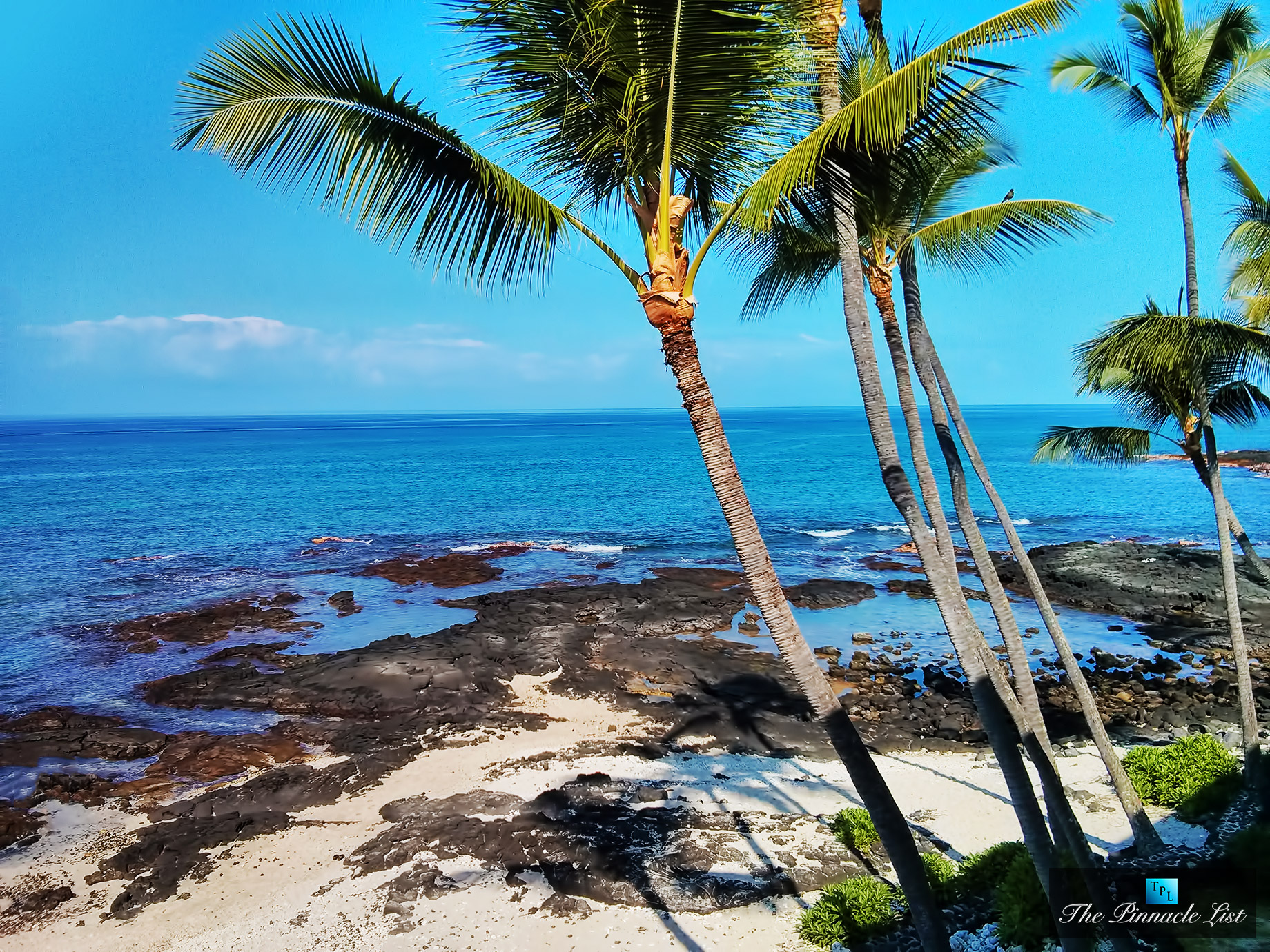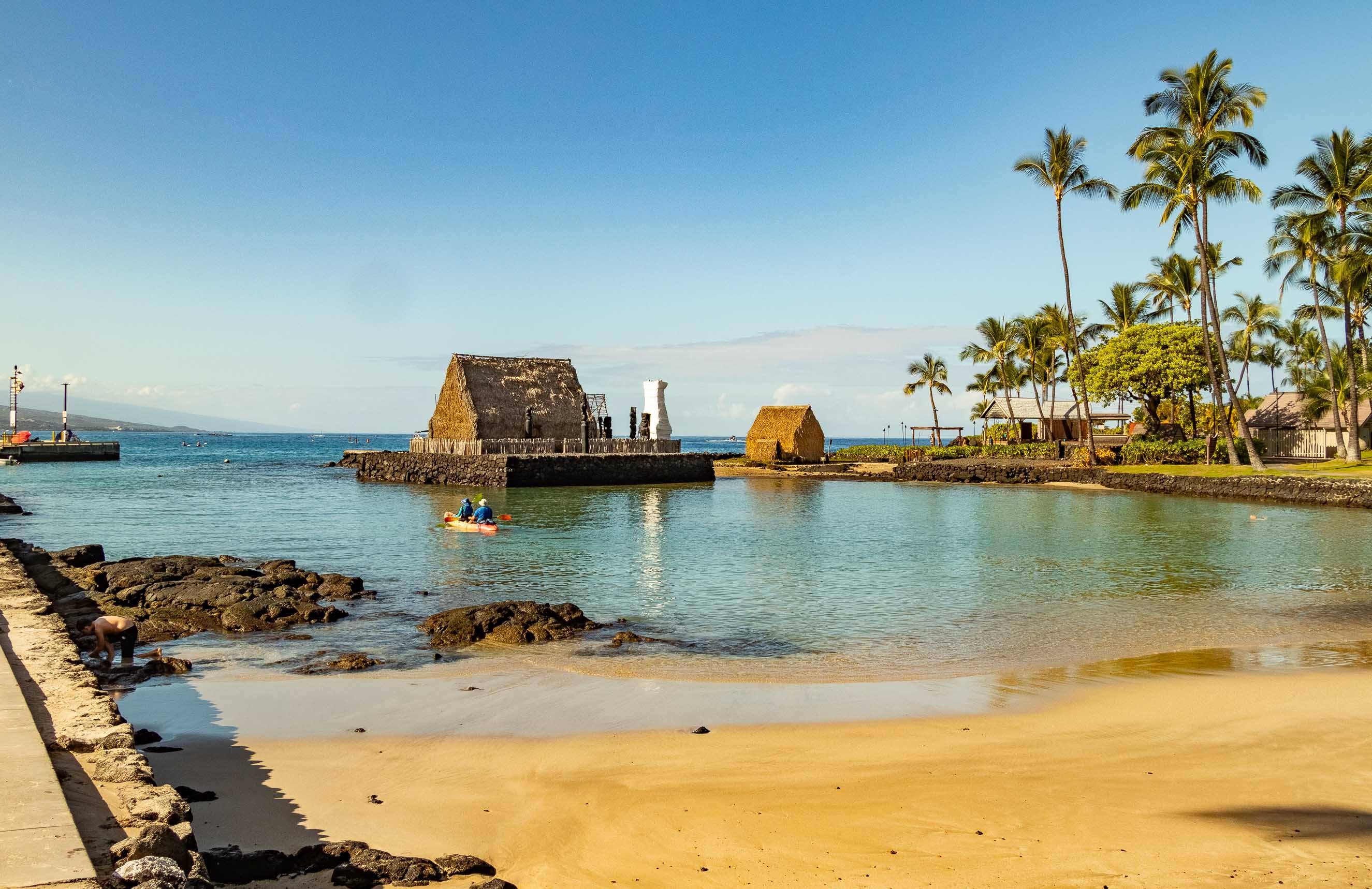Kona Coffee

Kona coffee, grown on the slopes of the Kohala and Mauna Loa volcanoes on the Big Island of Hawaii, is renowned for its exceptional quality and distinctive flavor. The unique terroir of the Kona region, characterized by volcanic soil, ample rainfall, and consistent sunshine, creates the perfect environment for cultivating these exquisite beans.
History of Kona Coffee Cultivation
Kona coffee’s history dates back to the 1800s when coffee plants were introduced to the region by British missionaries. The rich volcanic soil and ideal climate proved to be a perfect match for coffee cultivation, leading to the development of a thriving industry.
The early Kona coffee farmers used traditional methods, cultivating their crops in small plots and hand-picking the ripe coffee cherries. As the industry grew, more sophisticated techniques were introduced, including the use of shade trees to protect the coffee plants from the harsh Hawaiian sun and the development of sustainable farming practices to ensure the long-term health of the ecosystem.
Comparing Kona Coffee to Other Varieties
Kona coffee is distinct from other popular coffee varieties due to its unique flavor profile and meticulous cultivation practices. While other coffee regions may boast higher yields, Kona coffee emphasizes quality over quantity, with each bean meticulously hand-picked and processed.
Kona coffee is known for its smooth, balanced flavor with notes of chocolate, caramel, and nuts. It also possesses a bright acidity that adds a refreshing element to the cup. This unique flavor profile is attributed to the specific microclimate of the Kona region, the volcanic soil, and the careful selection and processing of the coffee beans.
Brewing the Perfect Cup of Kona Coffee
To truly appreciate the nuances of Kona coffee, it’s crucial to brew it properly. Here are some tips for brewing the perfect cup:
* Recommended Brewing Methods:
* Pour-over: This method allows for precise control over the brewing process, ensuring even extraction and maximizing the coffee’s flavor.
* French Press: This method produces a full-bodied cup with a rich aroma, ideal for highlighting the complexity of Kona coffee.
* AeroPress: This versatile method offers a balanced cup with a clean finish, making it suitable for both beginners and experienced coffee enthusiasts.
* Ideal Water Temperature:
* 200-205°F (93-96°C): This temperature range allows for optimal extraction of the coffee’s flavors and aromas without burning the beans.
Kona Coffee Farms: A Comparative Overview
| Farm | Unique Offerings | Certifications | Price Point |
|---|---|---|---|
| Kona Coffee Belt | Wide range of coffee varieties, including 100% Kona Estate coffee | Fair Trade, Organic | $$ |
| Greenwell Farms | Focus on sustainable farming practices and environmentally friendly processing | Rainforest Alliance Certified, Organic | $$$ |
| Holualoa Farms | Known for its smooth and balanced flavor, with notes of chocolate and caramel | Fair Trade, Organic | $$$ |
| Hawaiian Isles Coffee | Offers a variety of coffee blends, including Kona coffee blends | Organic | $$ |
Exploring the Beauty of Kona: Kona Hawaii

Kona, located on the Big Island of Hawaii, is a destination that captivates visitors with its diverse landscapes, rich history, and vibrant culture. From the dramatic volcanic terrain to the lush rainforests and pristine beaches, Kona offers a unique blend of natural beauty and cultural heritage.
Scenic Drives and Hiking Trails
Kona’s diverse landscapes provide numerous opportunities for scenic drives and exhilarating hikes. The Mamalahoa Highway (Route 11), winding through the heart of Kona, offers breathtaking views of the coastline, coffee plantations, and volcanic slopes. For a more adventurous experience, the Kealakekua Bay Trail leads to secluded beaches and hidden coves. Along the Captain Cook Monument Trail, you can witness the rugged beauty of the volcanic coast and learn about the region’s historical significance.
Kealakekua Bay
Kealakekua Bay, located on the west coast of Kona, is a sheltered bay renowned for its turquoise waters and rich marine life. It holds historical significance as the landing site of Captain James Cook in 1778, marking the beginning of Western contact with Hawaii. The bay is a popular destination for snorkeling, diving, and kayaking, offering opportunities to encounter vibrant coral reefs, playful dolphins, and majestic sea turtles.
Visual Representation of Kona’s Attractions
| Location | Image | Description |
|---|---|---|
| Kealakekua Bay | [Image of Kealakekua Bay with turquoise waters and lush green hills in the background.] | A sheltered bay renowned for its turquoise waters, rich marine life, and historical significance as the landing site of Captain James Cook. |
| Pu’uhonua o Honaunau National Historical Park | [Image of the park with ancient Hawaiian temples, stone walls, and lush vegetation.] | A historic park showcasing ancient Hawaiian temples, stone walls, and traditional fishponds. |
| Mauna Kea Observatories | [Image of the Mauna Kea Observatories perched atop the dormant volcano, with a view of the night sky.] | Home to some of the world’s most powerful telescopes, offering unparalleled views of the night sky. |
| Hawaii Volcanoes National Park | [Image of the park with active lava flows, volcanic craters, and lush rainforests.] | A park showcasing the raw power of volcanic activity, with active lava flows, volcanic craters, and lush rainforests. |
Kona Culture and Heritage

Kona, Hawaii, is not just a place of breathtaking natural beauty but also a place steeped in rich history and tradition. The Hawaiian people, deeply connected to the land and its bounty, have cultivated a unique culture that is woven into the fabric of Kona’s identity. From ancient traditions to modern expressions, Kona’s cultural heritage is a testament to the resilience and adaptability of the Hawaiian people.
The Significance of Kona Coffee
The Kona coffee belt has played a pivotal role in shaping the economic landscape of Hawaii. The introduction of coffee cultivation in the late 19th century transformed Kona’s economy, creating a significant source of income for local communities. This economic boost had a profound impact on the development of infrastructure, education, and healthcare in the region. The unique terroir of Kona, characterized by volcanic soil and ideal growing conditions, produced a high-quality coffee that gained international recognition, further enhancing the economic significance of the coffee belt.
The Kona Coffee Cultural Festival
The annual Kona Coffee Cultural Festival is a vibrant celebration of Kona’s cultural heritage, showcasing the region’s rich history, traditions, and the importance of coffee. Held every November, the festival attracts visitors from around the world, offering a glimpse into the heart and soul of Kona.
- Coffee Tasting and Competitions: The festival features a wide variety of Kona coffee, from traditional to innovative blends, allowing visitors to savor the unique flavors of Kona coffee. Coffee competitions, such as the Kona Coffee Cupping Competition, showcase the expertise of local coffee farmers and roasters.
- Cultural Demonstrations: Traditional Hawaiian arts and crafts, such as lei making, hula dancing, and ukulele playing, are showcased throughout the festival. Visitors can learn about the cultural significance of these traditions and witness the artistry of local artisans.
- Live Music and Entertainment: The festival features live music performances by renowned Hawaiian musicians, showcasing the rich musical heritage of the islands. The vibrant atmosphere of the festival is enhanced by traditional dances and storytelling, providing a captivating cultural experience.
- Food and Craft Vendors: The festival offers a variety of local food and craft vendors, providing an opportunity to sample traditional Hawaiian cuisine and purchase unique souvenirs. Visitors can also interact with local artisans and learn about their craft.
Kona’s Historical Timeline, Kona hawaii
- Pre-European Contact: The Hawaiian people, known as the Kanaka Maoli, were the original inhabitants of Kona. They developed a sophisticated agricultural system, utilizing the fertile volcanic soil to cultivate crops like taro, sweet potatoes, and bananas. Their culture was deeply intertwined with the land and the ocean, and they developed a rich oral tradition that passed down knowledge through generations.
- 1778: Captain Cook’s Arrival: The arrival of Captain James Cook in 1778 marked a significant turning point in Kona’s history. Cook’s exploration and subsequent interactions with the Hawaiian people led to the introduction of new ideas, technologies, and diseases.
- 1819: Kamehameha I’s Unification: King Kamehameha I, a powerful warrior chief, unified the Hawaiian islands in 1819, establishing a kingdom that included Kona. His reign ushered in a period of political stability and economic growth, laying the foundation for the development of the coffee industry.
- 1820s: Introduction of Coffee: Coffee was introduced to Kona in the 1820s by missionaries who sought to establish a sustainable source of income for the local communities. The unique volcanic soil and climate of Kona proved to be ideal for coffee cultivation, leading to the rapid growth of the coffee industry.
- 1900s: Kona Coffee’s Rise to Fame: Kona coffee gained international recognition in the early 20th century for its exceptional quality and unique flavor profile. The industry flourished, contributing significantly to the economic development of the region.
- 1959: Statehood: Hawaii became the 50th state of the United States in 1959, marking a new chapter in Kona’s history. The statehood brought about new opportunities for economic growth and cultural preservation, further solidifying Kona’s place as a vital part of the Hawaiian archipelago.
Kona hawaii – Kona, Hawaii, is a beautiful destination known for its stunning beaches, volcanic landscapes, and rich cultural heritage. If you’re planning a trip to Kona, you might be flying into JFK Airport in New York City. To make your journey smoother, it’s helpful to know what terminal is alaska airlines at jfk , as it will help you navigate the airport efficiently.
Once you’ve arrived in Kona, be sure to explore the vibrant town, visit the local coffee plantations, and enjoy the breathtaking views of the Pacific Ocean.
Kona, Hawaii, is a captivating destination renowned for its rich culture, stunning landscapes, and world-class coffee. If you’re planning a trip to the Big Island, consider flying with Alaska Airlines Maui , which offers convenient connections to Kona International Airport (KOA).
Once you arrive in Kona, you can immerse yourself in the vibrant local scene, explore the volcanic wonders of Hawaii Volcanoes National Park, or simply relax on the pristine beaches of the Kohala Coast.
